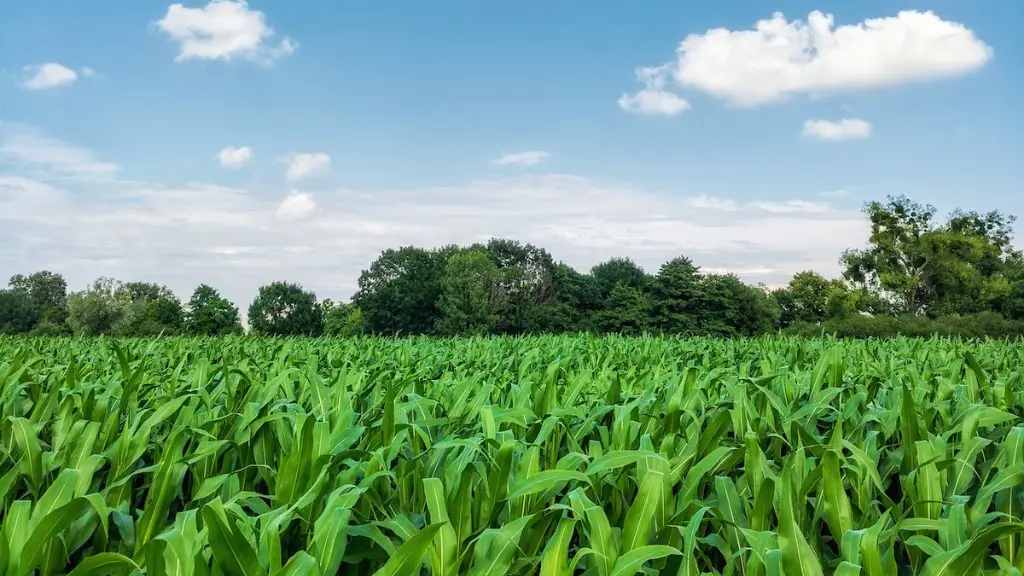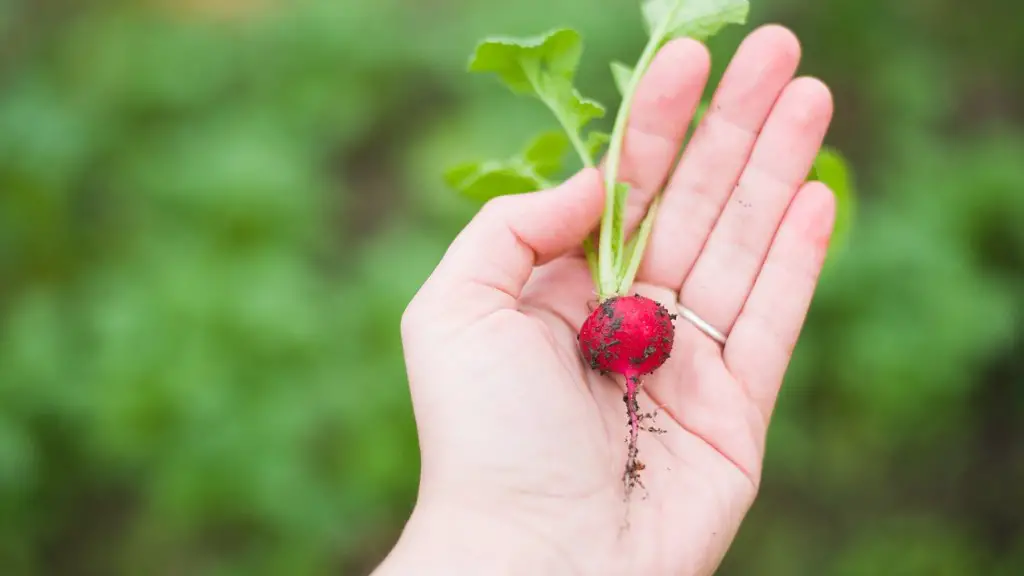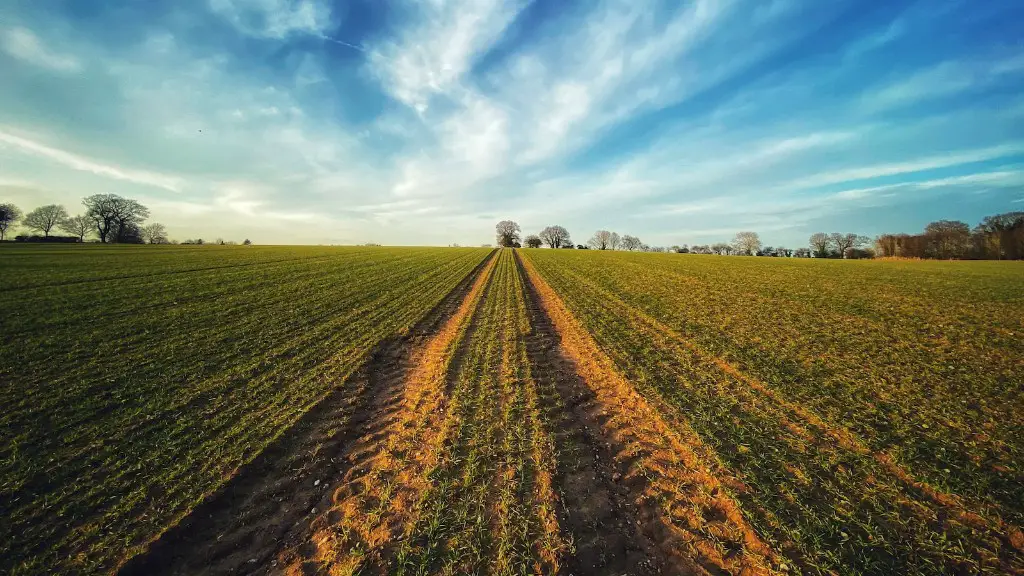Soil sampling in agriculture is the process of taking a small samples of soil from different areas of a field and then testing the samples for certain properties. This information can be used to make decisions about fertility, tillage, and other management practices.
Soil sampling in agriculture generally refers to taking a small sample of soil from a field in order to test its physical and chemical properties. This information can then be used to make decisions about how to best manage the field, such as what crops to grow and what kind of fertilizer to use.
What do you mean by soil sampling?
Soil sampling is an important part of environmental testing and analysis. It allows us to obtain a small volume of soil for subsequent testing and analysis in a laboratory. This process can help us to understand the composition of the soil and the potential contamination that may be present.
Soil sampling is a process of taking a small sample of soil from an area and testing it in a laboratory. The results of the soil test will give you information on the nutrient content, composition and other characteristics of the soil, such as acidity and pH level. This information is important for determining the best plants to grow in the area and for identifying any potential problems with the soil, such as contamination.
Why is soil sampling important to farmers
A soil test is important for several reasons:
-To optimize crop production: A soil test can help farmers to determine the right amount of nutrients and amendments that need to be added to the soil in order to produce optimal yields.
-To protect the environment: Excess nutrients in the soil can runoff and contaminate nearby water sources or leach into groundwater. By testing the soil, farmers can avoid using too much fertilizer and help to protect the environment.
-To aid in the diagnosis of plant culture problems: If a plant is not growing well, a soil test can help to identify any nutrient deficiencies that may be causing the problem.
-To improve the nutritional balance of the growing media: A soil test can help to determine the right mix of nutrients for a particular growing media, such as potting soil or hydroponic solution.
-To save money and conserve energy: By testing the soil and only adding the necessary nutrients, farmers can save money on fertilizers and conserve energy in the production process.
Soil sampling for precision agriculture has the same objectives as traditional soil sampling, but with some modifications. The main objectives are to determine the average nutrient status of a field and to measure nutrient variability. However, precision agriculture also takes into account the specific needs of the crops being grown, as well as the variability of the soil itself. This allows for a more targeted approach to nutrient management, which can ultimately lead to higher yields and better crop quality.
What is the most common method of sampling soil?
Soil sampling is an important part of any agricultural or gardening operation. The two most commonly used soil sampling methods are grid sampling and zone sampling. Each method requires different sampling techniques and influences how the results are used and how nutrients are applied.
Grid sampling is the more common of the two methods. It involves taking samples at set intervals across a field or garden. The results are then used to create a map of the nutrient levels in the soil. This map can be used to target areas for nutrient application.
Zone sampling is used when there are large variations in the soil within a field or garden. Samples are taken from different areas and analyzed separately. This allows for more precise nutrient application.
Soil testing is a chemical analysis of a small sample of soil that is representative of a much larger volume of soil in the field, lawn, or garden. The test results can provide important information about the fertility of the soil and the presence of any contaminants that could potentially harm plants or animals. However, it is important to keep in mind that soil testing does not evaluate a soil’s physical properties, such as poor drainage, droughtiness, or impervious layers due to hardpans or compaction.
How is soil sampling done?
Soil sampling is a critical part of many environmental and agricultural studies. It is important to obtain a representative sample in order to accurately assess the physical and chemical properties of the soil. There are several methods of soil sampling, but the most common is to drive a sampling tube into the soil to a depth of 10 cm and extract a soil core. Soil cores can be combined from many different locations within the sampling area to obtain a representative sample.
Taking your own soil samples is a great way to get to know your land and what it is capable of producing. It is also important for monitoring purposes. Here are some tips on how to take your own soil samples:
1. Walk across the field in a “W” pattern, aiming to collect 25 cores with the sampling tool.
2. When an auger is used, it should be twisted into the soil to sampling depth and pulled out.
3. If using a spade, remove a slice of soil about 25cm wide to sample depth and collect in a clean bucket.
4. Be sure to label each sample with date, location, and depth.
5. Store samples in a cool, dry place until you are ready to analyze them.
When should soil sampling be done
It is recommended that soil samples be taken at the same time each year, preferably in late summer or early fall. This allows for the recommended lime to react and change the pH before the crop is planted.
There are pros and cons to both zone-based sampling and grid sampling. Zone-based sampling is more efficient because it requires fewer samples to be taken overall. However, grid sampling is more precise because it ensures that all areas of the field are represented in the sample. Ultimately, the decision of which method to use depends on the specific goals of the soil sampling study.
What are the 4 methods of soil sampling?
Hand sampling is the most common and cheapest method, but it is also the least accurate. Hydraulic probes are more accurate but more expensive. Electric probes are the most accurate but also the most expensive. Auger probes are less accurate but less expensive.
The first step in collecting a soil sample is to determine the area that will be represented by the sample. The physical appearance, texture, color, slope, drainage, and past management of the soil should be similar throughout the area. A map of the property should be drawn and areas where samples will be collected should be identified.
What materials are needed for soil sampling
Soil sampling equipment is used to collect soil samples for testing and analysis. The most common types of equipment include a soil push probe, hammer probe, and bucket auger. A clean plastic bucket should be used to collect the sample, and the bucket should be free of any debris. The bucket should also not have been used to collect or hold fertilizer, manure, or compost.
The plasticity test, thumb penetration test, and pocket penetrometer test are all ways to test the soil. The plasticity test is done by taking a sample of soil and adding water to it. The thumb penetration test is done by taking a sample of soil and putting it in your hand. The pocket penetrometer test is done by taking a sample of soil and putting it in a pocket-sized device that measures the soil’s resistance to penetration.
Is soil sampling hard?
Dry conditions can make soil sampling more difficult because the ground is hard and fields are dry. This can make it difficult to get a consistent soil core depth.
There are a few disadvantages to soil analysis which include the difficulty of obtaining methods suited to varied soil types, problems in sampling due to soil variation across a field, and difficulties in estimating the likely effects of environmental conditions in the forthcoming season. While soil analysis can be helpful in understanding the makeup of a particular soil sample, it is important to be aware of these potential limitations.
Warp Up
Soil sampling in agriculture refers to the process of taking a small sample of soil from a chosen area in order to test it for various factors such as nutrient content, pH levels, and texture. This information can then be used to make decisions about crop rotations, fertilizer application, and irrigation schedules.
Soil sampling is a method of testing the composition of the soil in an agricultural environment. It is used to determine the nutrient levels and the pH of the soil. It can also be used to test for the presence of contaminants.





